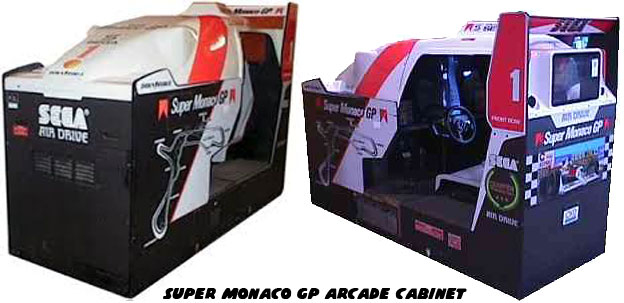
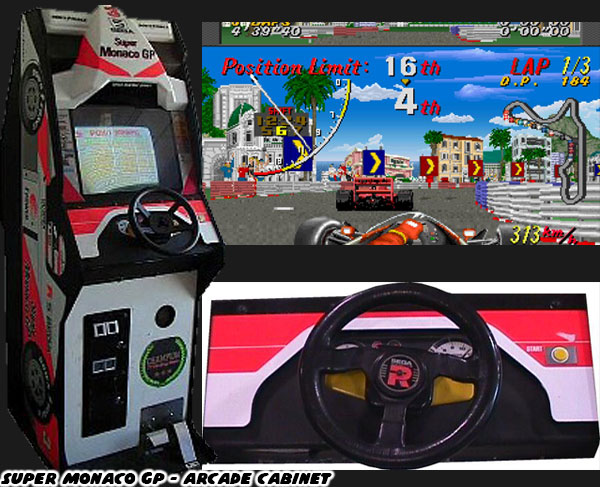
Namco had found considerable success when they released the 3D title Ridge Racer in 1993. I will go much more in depth on that title in future entries to this series. Ridge Racer had gotten sequels and console releases over the years and had become very familiar to young fans.The problem that kids had with Ridge Racer were its challenging controls and steep learning curve. They wanted to participate in the game, especially its over-the-top spectacle where news helicopters would fly right over the cars and fans would cheer from the edge of the track. Namco made a simpler version of the game with Choro-Q style versions of the iconic cars and tracks. It also included songs from the original game. Namco designed a smaller cabinet with a smaller steering wheel, no brake or gear shifter and only a gas pedal that the smallest patrons could use. The game was called Pocket Racer and it was released in 1996.
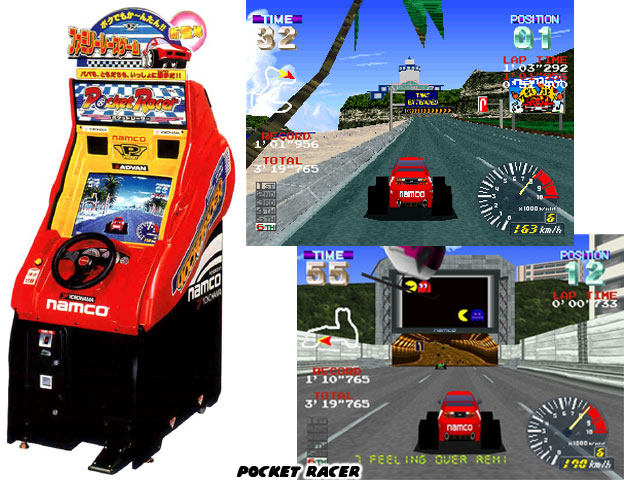
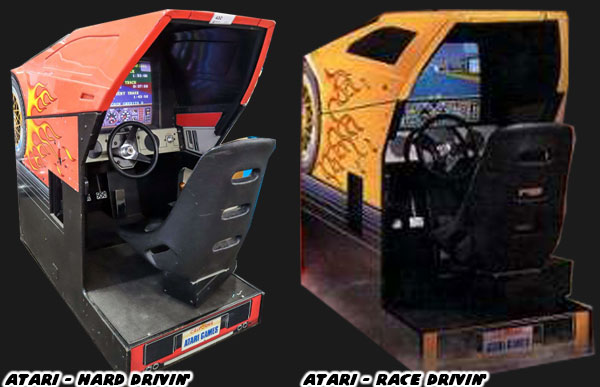
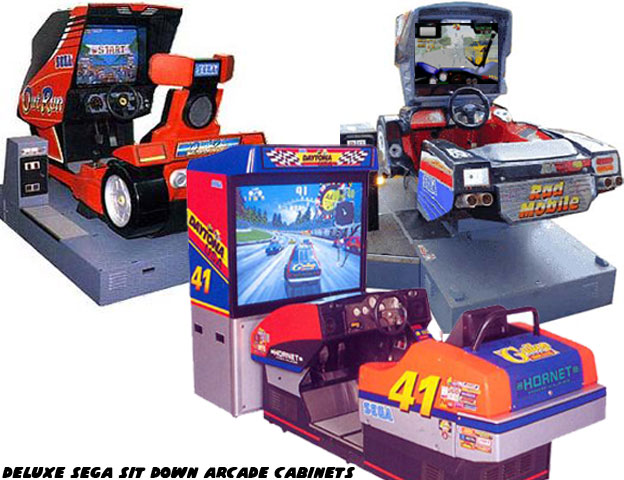
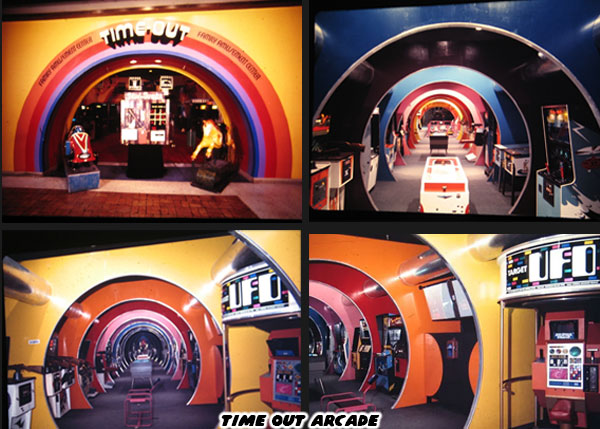
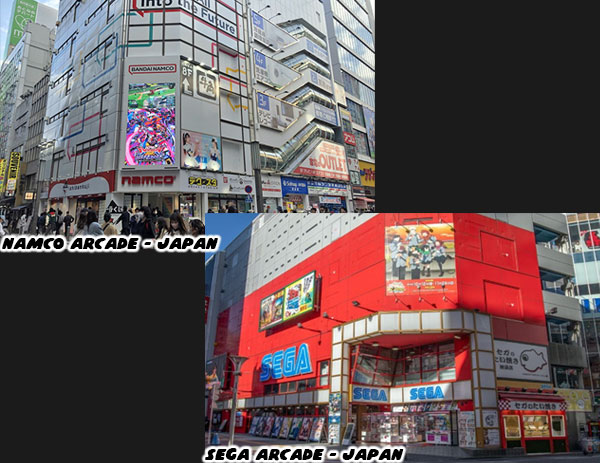
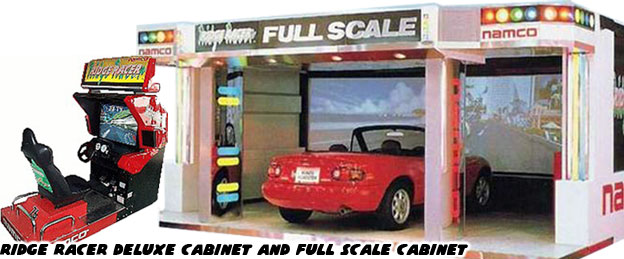

ashtrays that brings back my love/hate relationship with Tampa Lanes a) they usually have the latest games, b) cause of a loophole in the law for the bowling alley they allow smoking and drinking and i've sat on quite a few ashtrays in their game rooms.
ReplyDeleteI was thinking about it before I read it in your blog about the paddle shifters on super monaco GP and how it came to production cars down the road (i'm thinking of the Ferrari 458 although i'm sure something came out with them before that.)